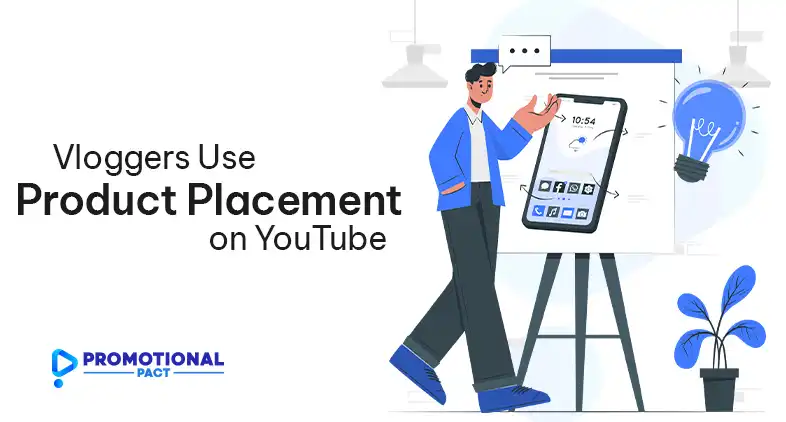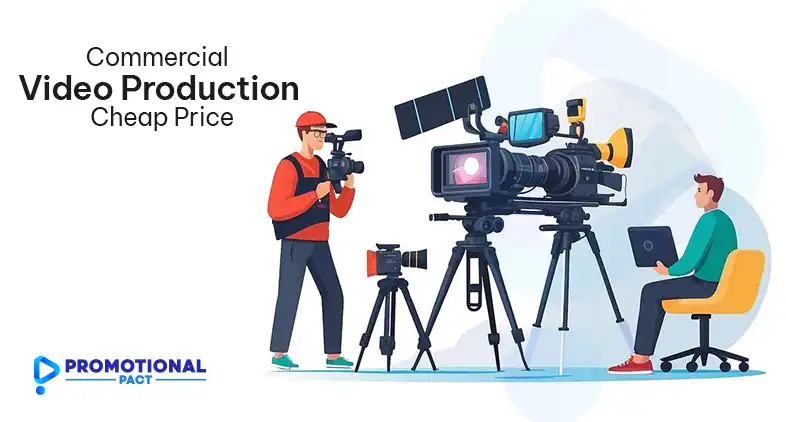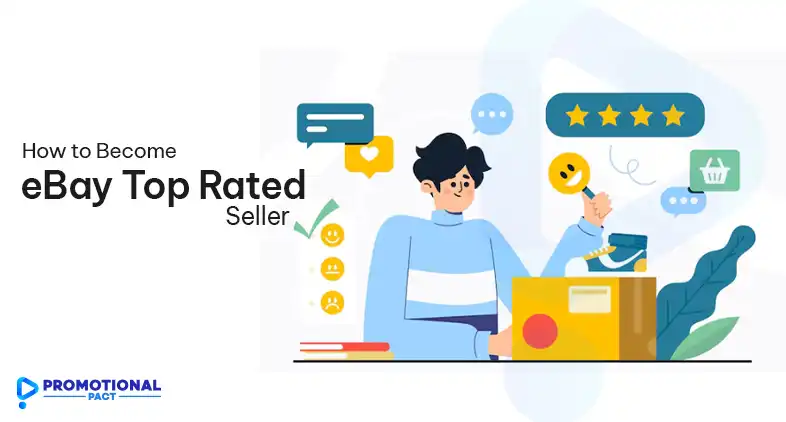To understand why vloggers use product placement on YouTube, let’s start with a story. Casey Neistat is one of the most popular vloggers on YouTube with over 12 million subscribers. In 2016, he released a viral vlog featuring himself cutting off his friendship bracelet with dramatic flair – only to reveal it was a promotion for the Nike+ Fuelband. This creative sponsored content racked up over 10 million views and sparked discussion around vloggers incorporating product placement.

What is Product Placement?
Product placement, also called embedded marketing, is an advertising technique where branded products or services are integrated into another work of media like a movie, TV show, video game, or online video. On YouTube, it often takes the form of vloggers showcasing, using, or reviewing specific brands/products as part of their video content.
The prevalence of product placement on YouTube has grown rapidly in recent years, fueled by the rise of influencer marketing. A 2022 Statista report valued the influencer marketing industry at $16.4 billion, more than doubling since 2019. As more brands leverage influencers to reach consumers, vloggers have increasingly incorporated product placements into their content.
Benefits of YouTube Product Placement for Vloggers
Monetization
For many YouTubers, income from product placement deals provides a significant revenue stream beyond ad revenue sharing from views. According to an Influencer Marketing Hub study, influencers can charge brands anywhere from $10 for a pre-roll ad to over $100,000 for a sponsored vlog, depending on their follower count and engagement metrics.
In addition to flat-rate sponsorship deals, vloggers also earn commissions through affiliate marketing by promoting products with special tracking links. They may also receive free products through barter agreements in exchange for featuring them.
As competition for limited advertising dollars increases, product placements provide vloggers with an alternative way to monetize their content and audiences. YouTube has continually lowered the revenue share for smaller creators, leading many to actively seek out brand integrations.
Content Creation
Beyond monetization, product placement partnerships allow vloggers to access products that can improve their content production value. Tech brands frequently loan the latest gadgets, editing software, equipment, and more to influencers to create content showcasing their products in action.
For example, vlogger Zion Jalnas collaborated with UNICEF to vlog his experience traveling to Guatemala and using a satellite hotspot to connect schools in remote villages to the internet. The partnership provided him with gear and an engaging storyline while giving UNICEF a creative way to promote its initiatives.
Brands may also suggest video concepts, challenges, or other creative directions that vloggers can execute around featuring their products. This provides ready-made content ideas that vloggers can customize for their audiences.
Building Relationships
When product placements lead to successful, mutually beneficial collaborations, they can blossom into long-term partnerships between vloggers and brands. As trusted influencers, vloggers essentially become an extension of a brand’s marketing team promoting their loyal fanbases.
Nurturing these partnerships has major upsides for vloggers, such as early access to products for review, networking opportunities, and increased recognition and credibility as subject matter experts. Tech reviewer Marques Brownlee, for example, owes much of his 15 million subscribers to his reputation for in-depth insights on new tech products facilitated by partnerships with major brands.
Audience Growth
Strategically featuring popular brands, celebrities, shows, or movies that align with a vlogger’s niche can attract new eyes to their channel. If a vlogger is known for their gaming videos, incorporating games from major franchises connects them to those fandoms.
Similarly, giving positive reviews or integrating popular products naturally into vlogs exposes those brands to the vlogger’s existing audience. If viewers trust the creator’s opinion, they’ll be more likely to check out the featured items.
Some brands even provide creators with custom discount codes to share, incentivizing their audiences to purchase. Vloggers can earn a commission from sales driven by their codes while giving fans an added perk.
What Vloggers Need to Consider for YouTube Product Placement
Transparency and FTC Regulations
With the rise of influencer marketing, the Federal Trade Commission (FTC) has cracked down on proper disclosure of sponsored content. Their Endorsement Guides require influencers to clearly and conspicuously disclose any material connections to brands when promoting or endorsing products.
On YouTube, this means vloggers must explicitly state if a video is sponsored, typically with a written disclosure in the description and/or verbally stating it at the beginning. Burying disclosures or using vague language like “thanks to Brand X” is considered insufficient.
Influencers who fail to properly disclose paid partnerships can face warning letters from the FTC and potential legal consequences like civil penalties for repeat offenses. High-profile cases like the FTC going after CSGO Lotto creators for undisclosed ownership demonstrate the importance of compliance.
Brand Alignment
Just because a brand offers money doesn’t mean a vlogger should promote their products. Thoughtfully selecting brand partners that align with a creator’s niche, content, and personal values is crucial for maintaining authenticity and audience trust.
Promoting products incongruent with a vlogger’s typical focus can come across as insincere to viewers and potentially damage their credibility. Fans of outdoor vloggers would likely be confused or put off by random integrations of feminine beauty products, for example.
Vloggers should carefully vet potential partners, examining whether their branding, reputation and offerings truly resonate with their audience’s interests and perspectives. Any perceived disconnect can lead to fan backlash, negative comments/ratings or even lost followers.
Maintaining Creative Control
While there are tremendous benefits from brand partnerships, experienced vloggers understand the importance of maintaining final creative control over how sponsored content is presented to preserve their authentic voice.
Contract negotiations should cover details like:
- Final approval over video scripts, footage, and edits featuring the brand
- Ability to provide honest thoughts/feedback, not just positive reviews
- Distinction between sponsored content and organic reviews/recommendations
Failing to set boundaries can lead to situations where vloggers feel beholden to portraying brands overly positively or making their channel’s entire feed feel like an infomercial. This compromises the very authenticity that made audiences connect with them initially.
High-profile vloggers like Tanner Leggett have even turned down lucrative deals because they disagreed with brand conditions or values misalignment, prioritizing their core identity over short-term income opportunities.
The Future of Product Placement on YouTube
As the creator economy booms, product placement strategies will likely evolve to keep pace:
- VR/AR Integrations – Vloggers could showcase products appearing virtually within 360 videos or augmented into their real environments.
- Live Shopping – Product placement could merge with livestream capabilities for interactive shopping experiences.
- Deeper Data Tracking – More granular metrics around conversions, sales impact and audience engagement from placements.
- Stricter Regulations – Potential for tightened disclosure rules as more money flows into influencer marketing annually.
While lucrative brand deals remain a critical revenue diversification strategy, the most successful vloggers will continue being the ones who find authentic ways to integrate real products they genuinely use and value into their unique content.


